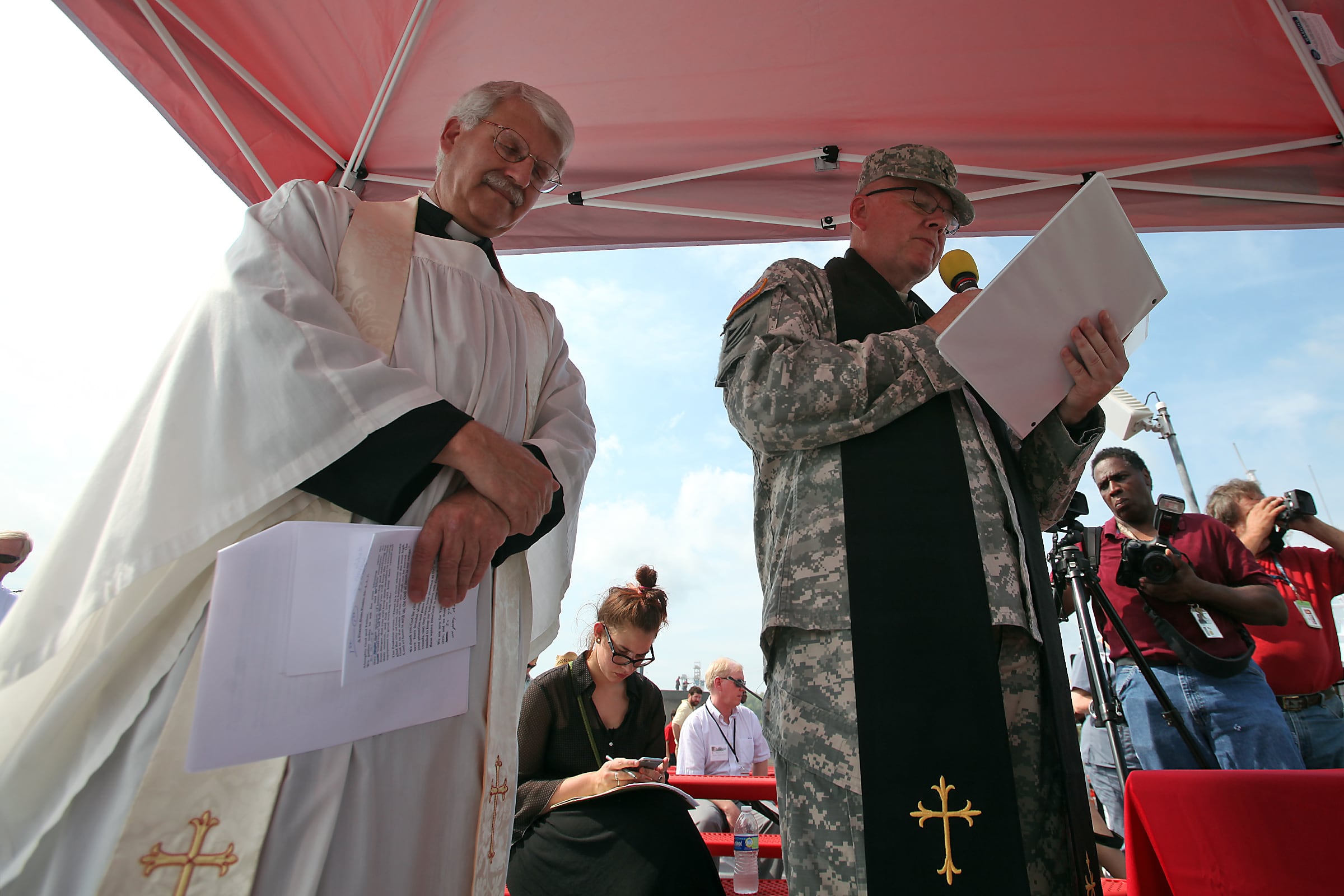Note: This story was originally published in the Dec. 17, 2012 Navy Times on page 24.
NORFOLK, Va. (Dec. 1, 2012)- On the day the Navy officially took the aircraft carrier Enterprise out of service after 51 years in the fleet, the service announced that its name won't be gone for long.
The third Gerald R. Ford-class aircraft carrier, CVN 80, will become the ninth ship in Navy history to be named "Enterprise," Navy Secretary Ray Mabus announced Dec. 1 in a recorded video message played at the inactivation ceremony here.
"Rarely has our fleet been without a ship bearing the name - I chose to maintain this tradition not solely because of the legacy it invokes, but because the remarkable work of the name 'Enterprise' is not done," he said. "The USS Enterprise was the first of its kind, and for 51 years its name has been synonymous with boldness."
Commissioned in 1961, CVN 65 served for more than five decades. It participated in the blockade of the Cuban missile crisis, launched strike operations in Vietnam and conducted combat missions in support of Operation Enduring Freedom.
The announcement invoked a rousing ovation from the crowd, which included former crew members and Navy dignitaries such as Adm. Jon Greenert, the chief of naval operations.
Capt. William Hamilton, the ship's final commanding officer, explained to the crowd that the ship is only being inactivated, for now, because it can't be decommissioned until its reactor's fuel has been removed and the reactors shut down for good.
That work will be accomplished in Newport News, Va., at the Huntington Ingalls shipyard. Once that work is completed, the ship will be towed to the Puget Sound Naval Shipyard on the West Coast, where its nuclear reactors will be removed and the rest of the ship dismantled.
Hamilton thanked the former crew members in the audience for their service, but chose to single out retired Navy Capt. Eugene B. "Red" McDaniel.
On May 19, 1967, McDaniel, then a lieutenant commander, and Lt. James Patterson were shot down over North Vietnam while on a mission to bomb a truck repair facility at Van Dien, Hai Duong province, North Vietnam.
Both McDaniel and Patterson, members of an attack squadron flying from Enterprise, ejected safely and established contact with aircraft in the area. McDaniel was captured the next day and taken to Hanoi. Though Patterson was initially known to be alive on the ground, he is considered missing in action.
McDaniel, too, was originally classified as MIA until 1970, when Hanoi acknowledged he had been captured. McDaniel was released in 1973 after six years of captivity.
Once back in the U.S., McDaniel was awarded the Navy's second-highest award for bravery, the Navy Cross, and other decorations, including two Silver Stars, the Distinguished Flying Cross, three Bronze Stars with combat "V" devices and two Purple Hearts for the wounds received at the hands of the North Vietnamese.
That torture resulted from his active role in camp communications during an organized escape attempt by his fellow prisoners.
Hamilton said McDaniel returned to active duty and commanded both the supply ship Niagara Falls and the training aircraft carrier Lexington before retiring from the Navy.
"Until today, Capt. McDaniel has never returned to the Enterprise, the ship he launched from in 1967," Hamilton said. "He considers his return today the completion of that mission he started May 19, 1967."





